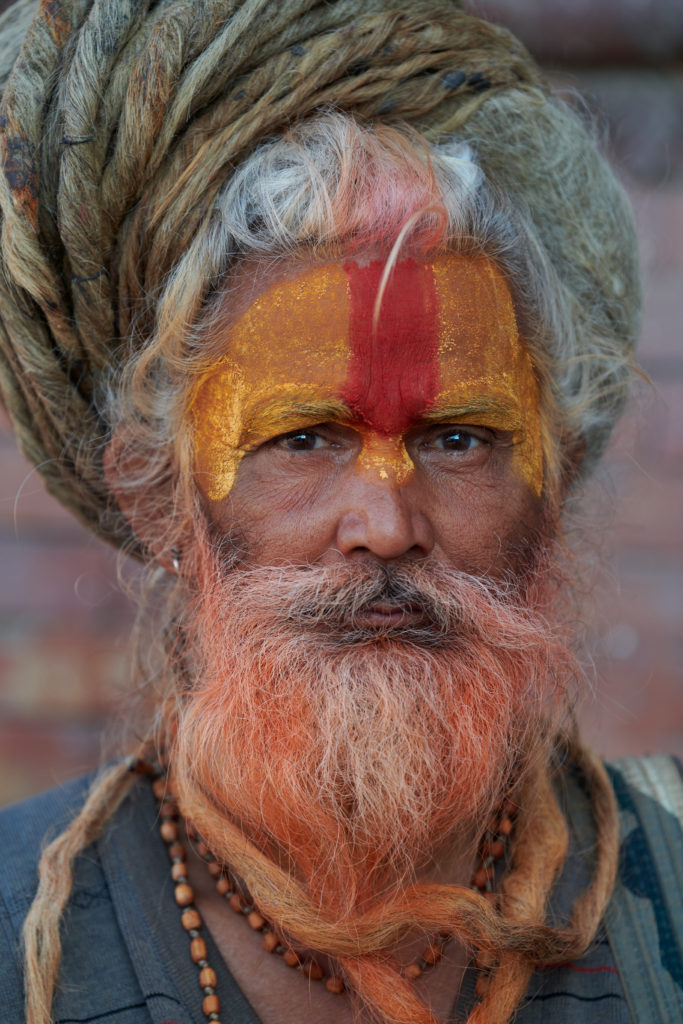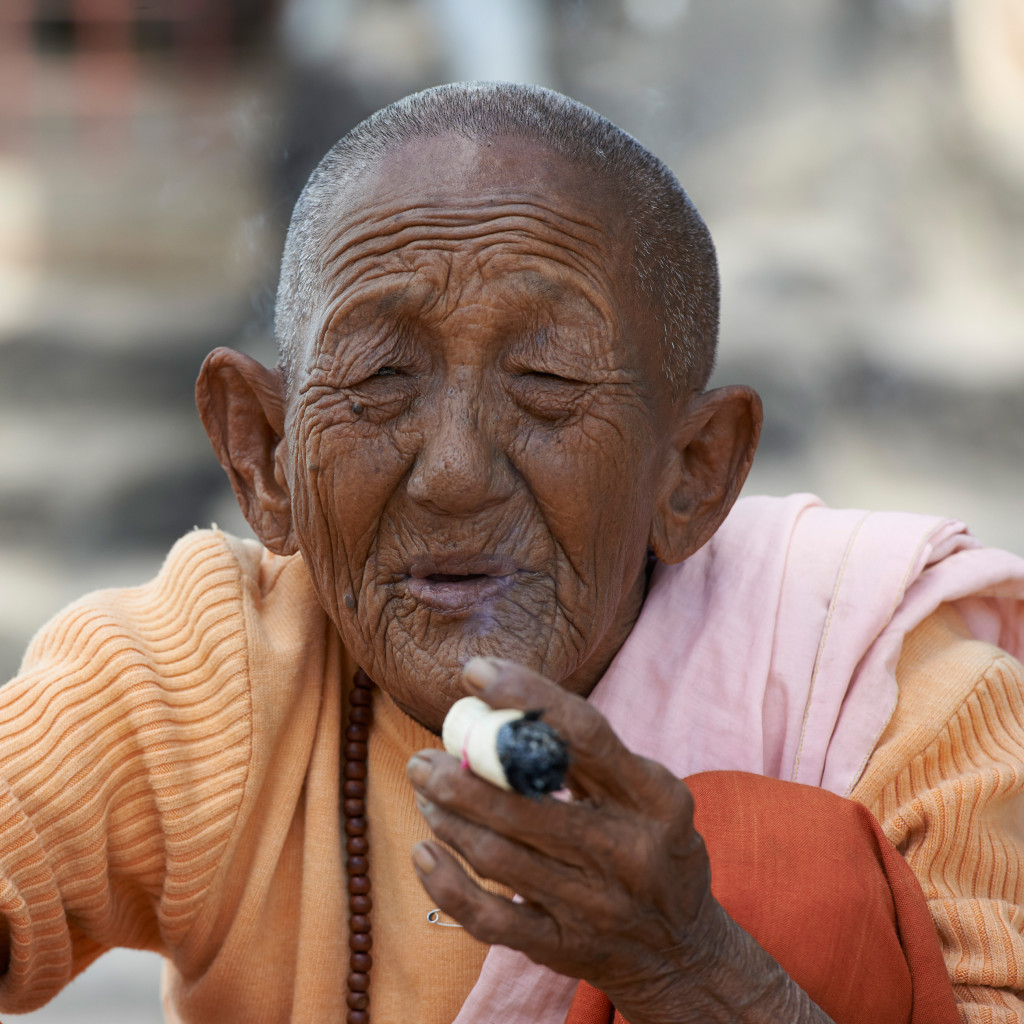The End of the Dollar Sadhus

The Pashupatinath temple complex, located on the banks of the Bagmati River is on every visitor’s itinerary when stopping over in Kathmandu, either on the way to or from a trekking tour.
According to the legend, Shiva and his companion Parvati were so delighted with the place that they took the form of gazelles and enjoyed themselves in the hills by the river, thus the name Pahsipahti, which literally means “lord of the animals”. Already in the 5th century the kings of Nepal took the holy place under their care and expanded the temple complex with the Shiva temple as the main sanctuary (access strictly restricted to Hindus), as well as numerous secondary temples, hostels, kitchens, hospices, and cremation sites (ghats). Nothing is more worth living for a Hindu than to die and be burned in this place, as it is said that anyone who is cremated here goes directly to Nirvana. The ghats upstream were formerly reserved for the higher casts, the lower casts had to use the ghats downstream of the bridge. Until a few years ago, pilgrims also took a bath in the river, but it is now so polluted that even the hard-boiled no longer dare to do that.
For the Hindus from Nepal, a trip to Pashupatinath may replace a trip to Varanasi in India. It is therefore also a place that attracts Sadhus, the holy men that are walking the earth, smoking marijuana and hashish to gain religious illumination and liberation from the reincarnation cycle. By default, they have no wishes, no friends, and no enemies. The Shiva followers paint three horizontal lines on the forehead, the Vishnu devotees paint three vertical stripes in white-red-white for the deities Ram, Sita, and Laxman. Others rub their body with ashes that represent their death to the worldly life.
